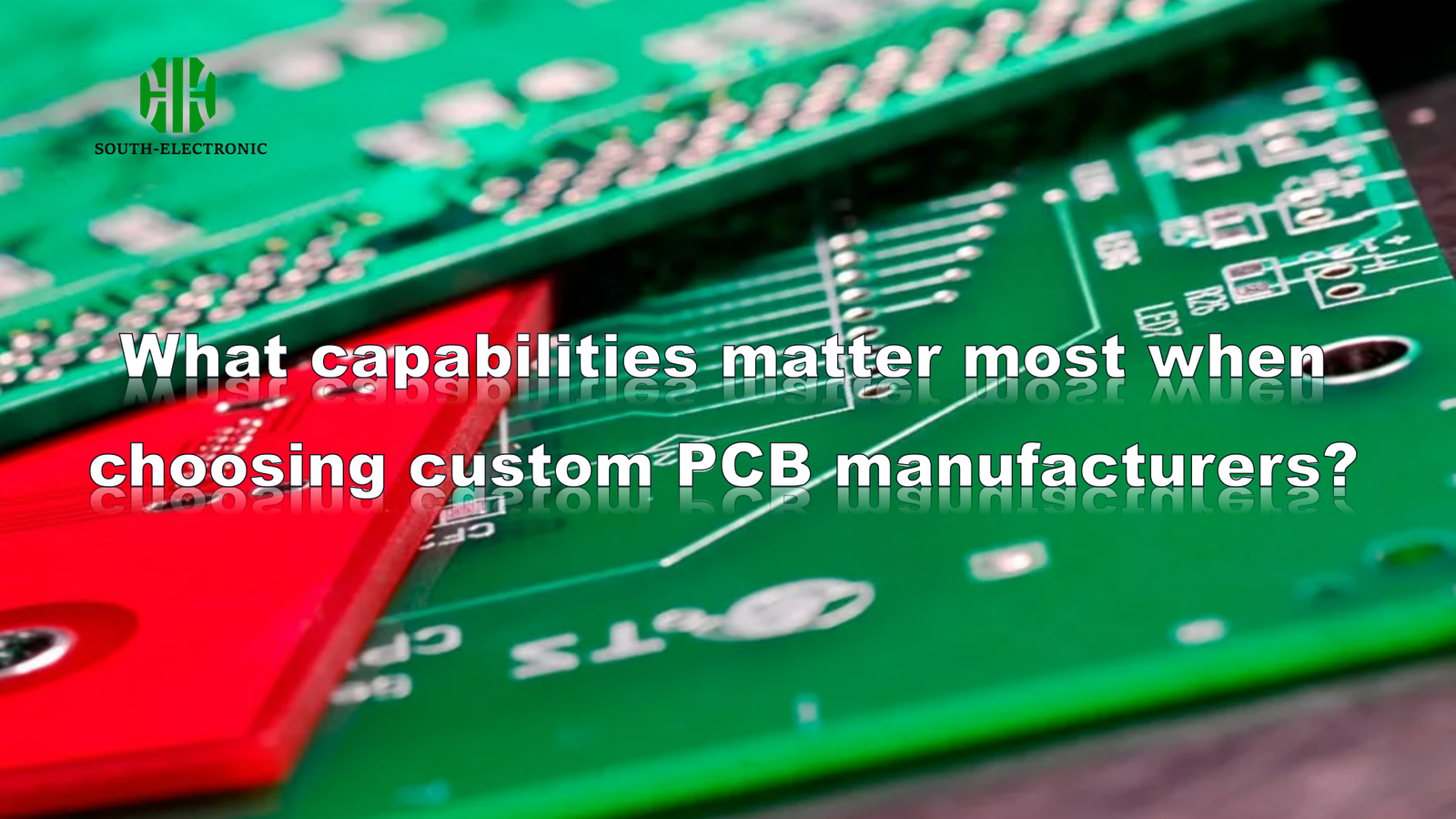Choosing the right custom PCB partner feels impossible. You face costly delays and failed prototypes. But smart partner selection eliminates these nightmares.
Priority capabilities are manufacturing capacity, proven quality certifications, industry experience, and responsive support. These determine project success for demanding applications like pcb print or complex prototype pcb assembly.
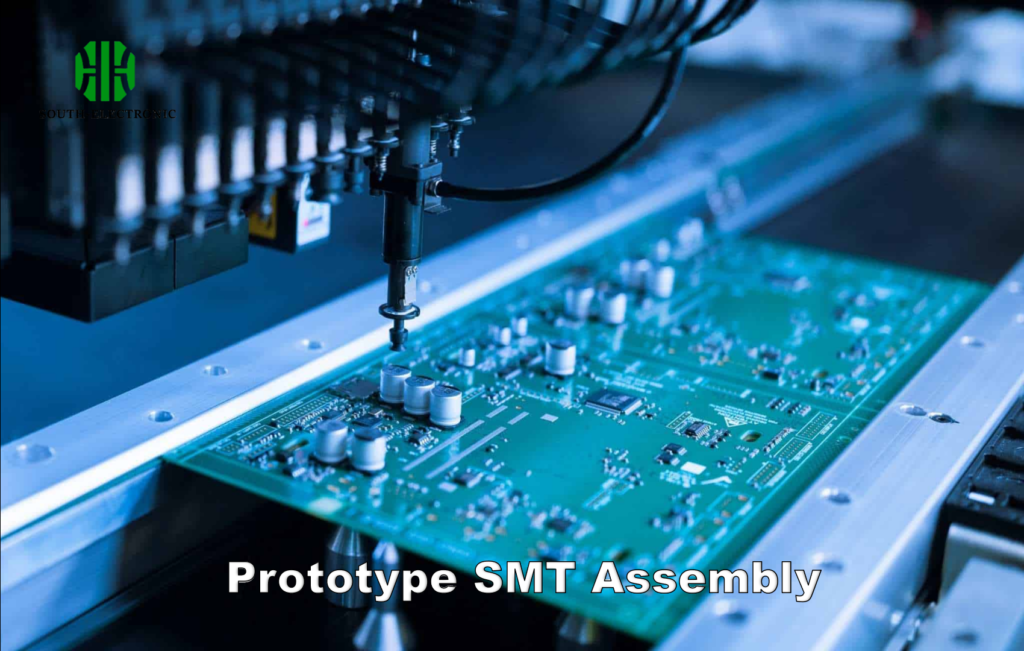
Understanding these core capabilities helps you filter pc board manufacturers effectively. Now let’s examine critical production advantages through key questions.
Why does SMT reduce prototype assembly cost by 40%?
Manual assembly drowns budgets in labor costs. Your prototype pcb assembly drags while wages accumulate hourly. Automation solves this cash drain.
Surface Mount Technology slashes labor needs through automated component placement. Machines work faster than humans while eliminating positioning errors common in custom pcb production.
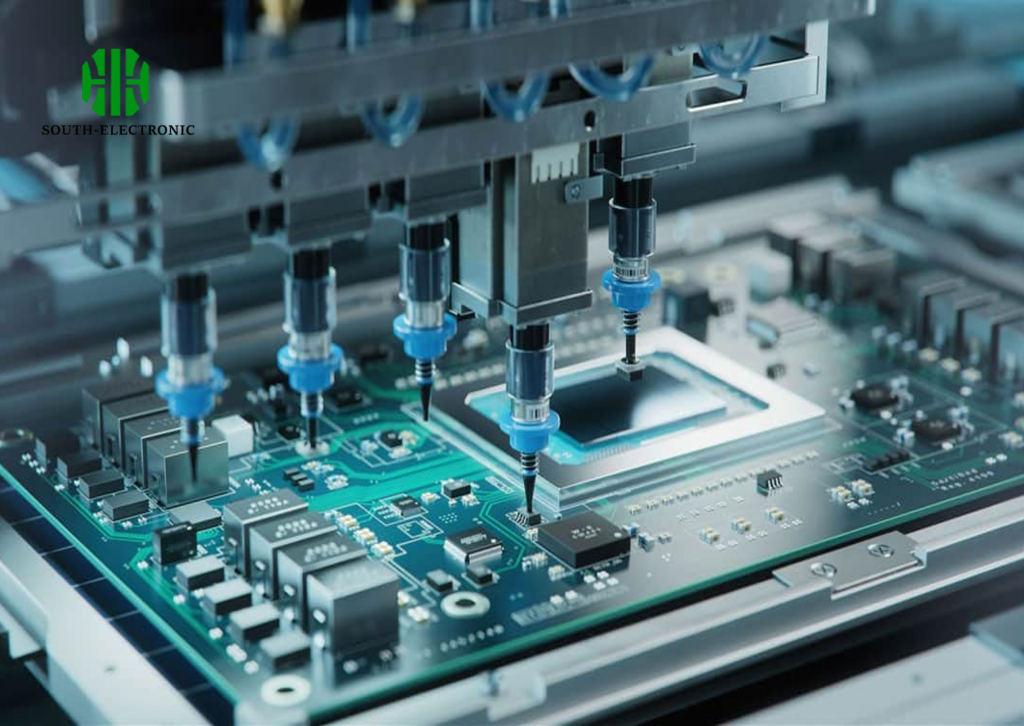
Three cost-saving mechanics of SMT
Efficiency comparison: Manual vs SMT assembly
| Factor | Manual Assembly | SMT Process |
|---|---|---|
| Components/hour | 80-120 | 5,000-30,000 |
| Placement precision | ±0.5mm | ±0.03mm |
| Labor cost per board | $5.20-$8.50 | $0.35-$1.10 |
Speed transformation
Robotic arms place micro-components at lightning speeds impossible for humans. What takes technicians hours completes in minutes. This throughput revolution directly cuts labor expenses.
Error reduction
Vision-guided machines achieve microscopic accuracy. Human errors like reversed capacitors vanish. Fewer mistakes mean less material waste during pcb board prototype runs.
Density advantage
SMT handles smaller components than manual methods. You fit more functionality in less board space. This shrinks overall pcb print dimensions and material costs.
How do pre-assembly DFM checks avoid 90% of PCB rework delays?
Unexpected design flaws surface during assembly. Your custom pcb production halts for weeks. Manufacturing disasters feel unavoidable without preventive action.
Design for Manufacture analysis spots component fit and routing issues before production. Early corrections prevent assembly line stoppages and pcb print remakes later.
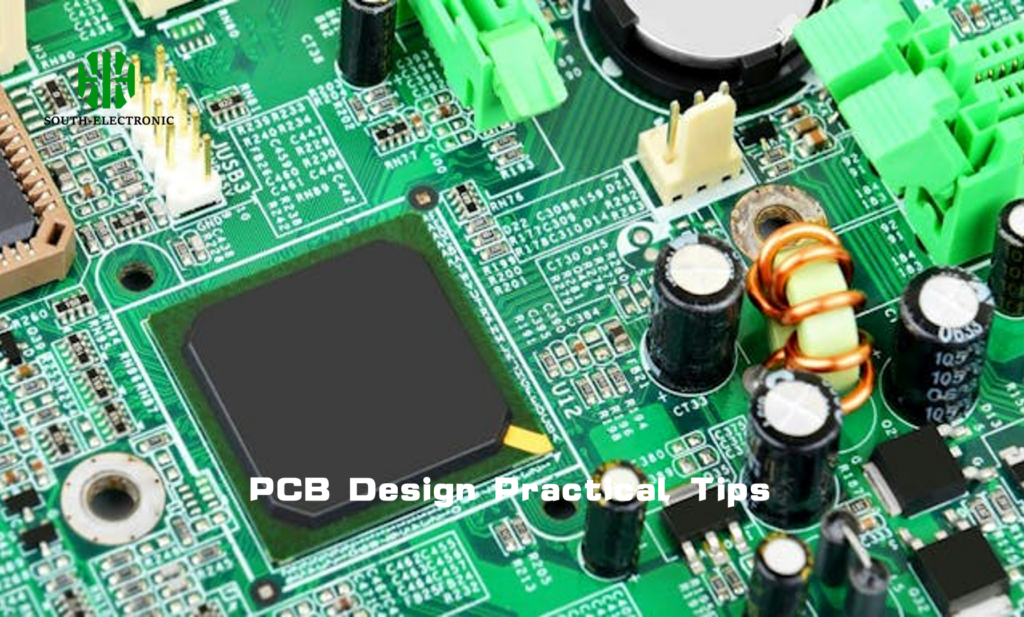
DFM’s rework prevention system
Four critical checkpoints
Component clearance check
Software simulates physical placements. It flags parts that overlap or lack soldering space. I recall one client avoiding surface-mount capacitor collisions this way.
Minimum trace verification
Automated tools measure conductor widths against manufacturer limits. Violations trigger alerts before prototype pcb assembly begins.
Drill alignment test
Virtual models test hole-to-copper alignment. Misaligned vias short-circuit boards during testing. This saves entire batch rejections.
Signal integrity preview
Algorithms detect electromagnetic interference risks in layouts. Fixes happen during design rather than after failed prototypes.
How fast can you get functional prototype PCBs for testing?
Waiting weeks for prototypes stalls development. Your team sits idle while competitors advance. Rapid turnaround accelerates entire product cycles.
Leading pc board manufacturers deliver functional prototypes in 72 hours. This speed requires on-site rapid prototyping tools and pre-qualified component stocks.
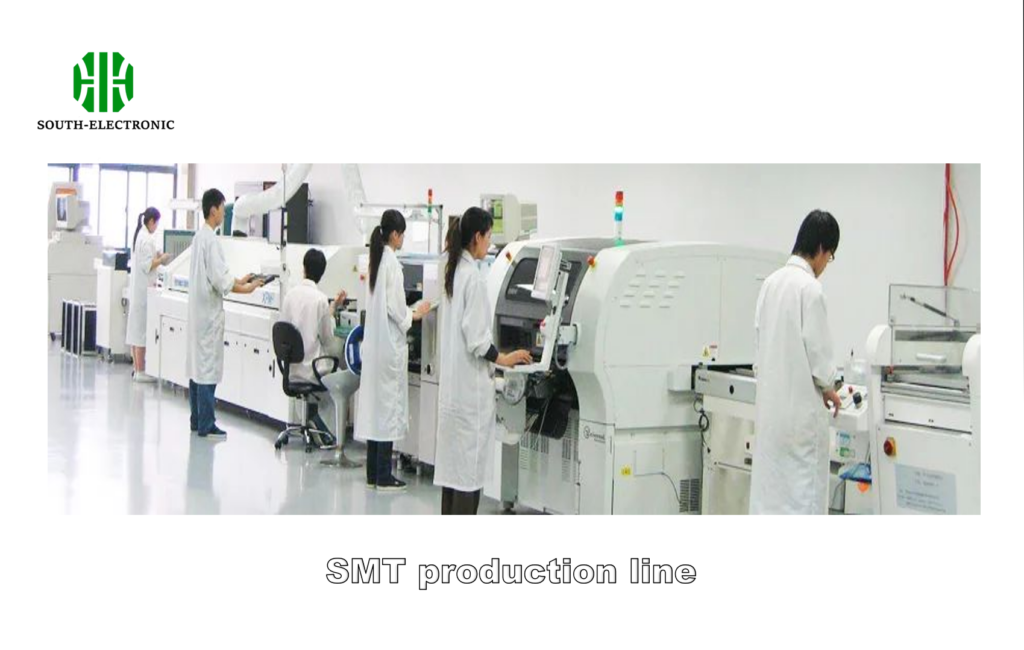
The three-pillar speed framework
Digital inventory advantage
Suppliers keeping common ICs and connectors pre-stocked eliminate procurement delays. For my recent IoT project, pre-available Bluetooth modules saved 11 days.
Concurrent workflow system
Engineering review happens while materials prepare. Production stages overlap instead of waiting sequentially.
Dedicated prototype lines
Separate from mass-production, these lines prioritize small batches. Automated setups switch designs in minutes, not days.
Conclusion
Choose manufacturers excelling in SMT efficiency, DFM rigor, and rapid prototyping. For uncompromising quality, trust South-Electronic’s certified prototype capabilities from design to delivery.

